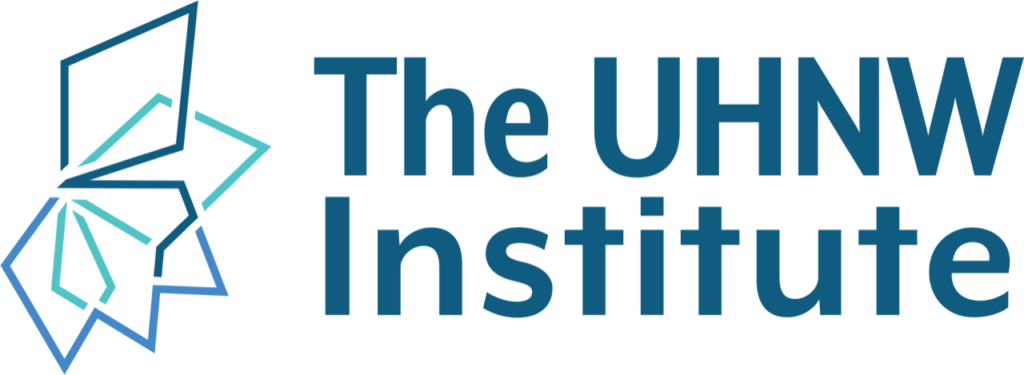Traditionally, a family was defined by members joined together either by blood or by marriage, with clear lines of demarcation for who was in or outside of the family system. In recent decades, several factors have required a redefinition of family.
Demographically and biologically, expansion of family types and members has occurred. Family types now include traditional heterosexual two-parent families with biological or adopted children, blended families with stepchildren, same-sex couples, nontraditional couples (e.g., polyamory), families derived from or maintained through cohabitation for a defined period of time, and children created through in-vitro fertilization (IVF), surrogacy, and other means, to name a few. This has expanded who is considered “family” both relationally and legally, with a corresponding impact on estate planning, trust design and administration, and wealth advising.
Another influence on “who is family” has come from the changing perspectives about governance and family dynamics in the past thirty years. James E. (Jay) Hughes, Jr. first discussed the concept of a “family of affinity” when he described that, over multiple generations, family members must stay together not just because they are bound by blood but by choice. This helped reinforce the importance of UHNW families’ attending to common values, interests, and goals in maintaining cohesion across time.
As more Rising Gen family members forgo getting married yet have children and share property in committed relationships, the question of “who is family” is becoming more acute. For example, families may have to create policy around who can attend family meetings. Advisors need to be careful not to assume their own definition of family is shared by the client. It is important to keep up with advances in fertility and family planning techniques as well as legal definitions and trust provisions about beneficiary classes or exclusions. The question of “who is family” must be considered carefully for each client, without bias or preconception.
See Also: Client
Hughes, James E. Family: The Compact Among Generations. Bloomberg Press, 2007
The UHNW Institute. “Client Complexity Accelerated: Family Trends Affecting the Multigenerational Family.” The UHNW Institute Symposium: A Roadmap to 2030- Serving the 100-Year, Multigenerational, Evolving Family with Excellence, 2022. https://uhnwinstitutelibrary.org/document/client-complexity-accelerated-family-trends-affecting-the-multigenerational-family/

